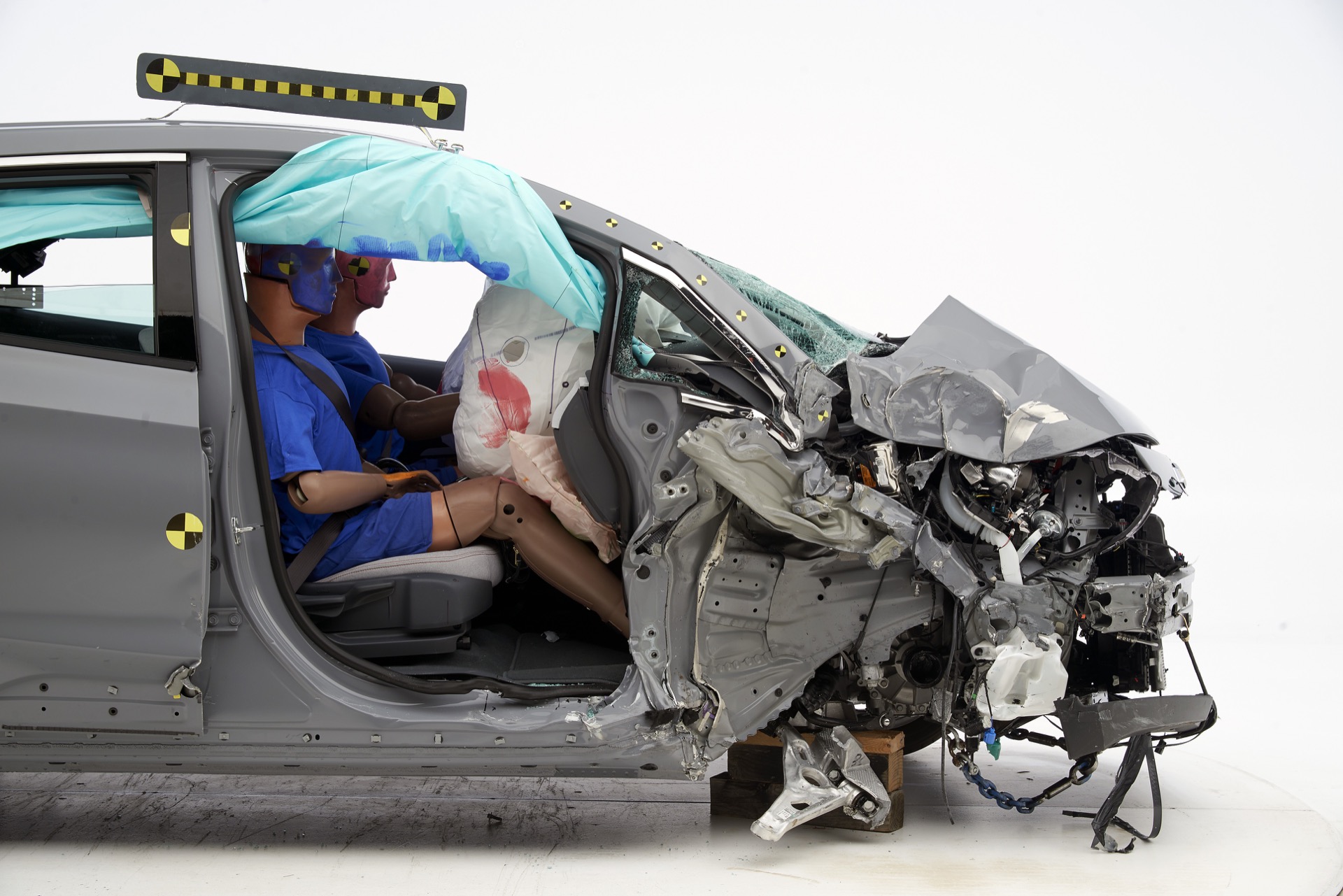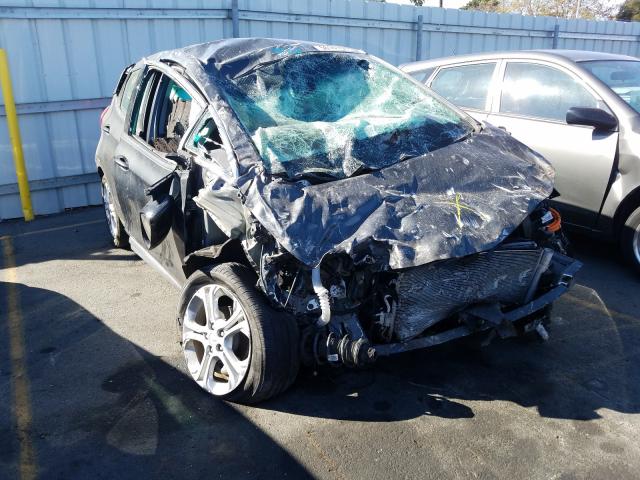electrons said:Since the Bolt takes 7,000 lbs more force (to displace 5"), it's safer in rollover accidents. Junkyard surveys aren't accurate. Accidents vary.
As a firefighter cutting people out of "safe" vehicles I have to disagree with that. When I see a car that has a lot of good ratings but doesn't perform well when it really counts. I'm doubting the question the science is asking.
Does static roof strength really translate into dynamic rollover stability? My Thesis is no it doesn't - a bouncy ball is better in rolling down a hill then one made out of glass. The glass has probably 1000x more static force - but I'm rather inside the bouncy ball then in something crumbling apart after the first hit.
You are welcome to disprove my thesis and I will change my opinion on that if you lay down some facts.
Don't get me wrong here, this is not against the GM, I owned 3x GM vehicles over the years, a Chevy Express sits in my Driveway and is the most awesome REX you can image
Further, the skateboards: Yes depending on the definition BMW was not the first skateboard developed.
Yet, I think it was the first to market.
The Tesla Model S and even Volt does not count the since the "skateboard" is fully welded to the body and does not have any stability without. While you can drive the i3 with only bottom part. With that logic we could include every ICE car platform and call it skateboard.






















![Electric Spin Scrubber, [IPX7 Waterproof ] [50KG Torque] Shower Scrubber with 9 Brush Heads, 2 Speed Mode, 4 Adjustable Angles, Electric Brush for Cleaning for Bathroom Floor Tile (Gray)](https://m.media-amazon.com/images/I/51R1fR54smL._SL500_.jpg)




























